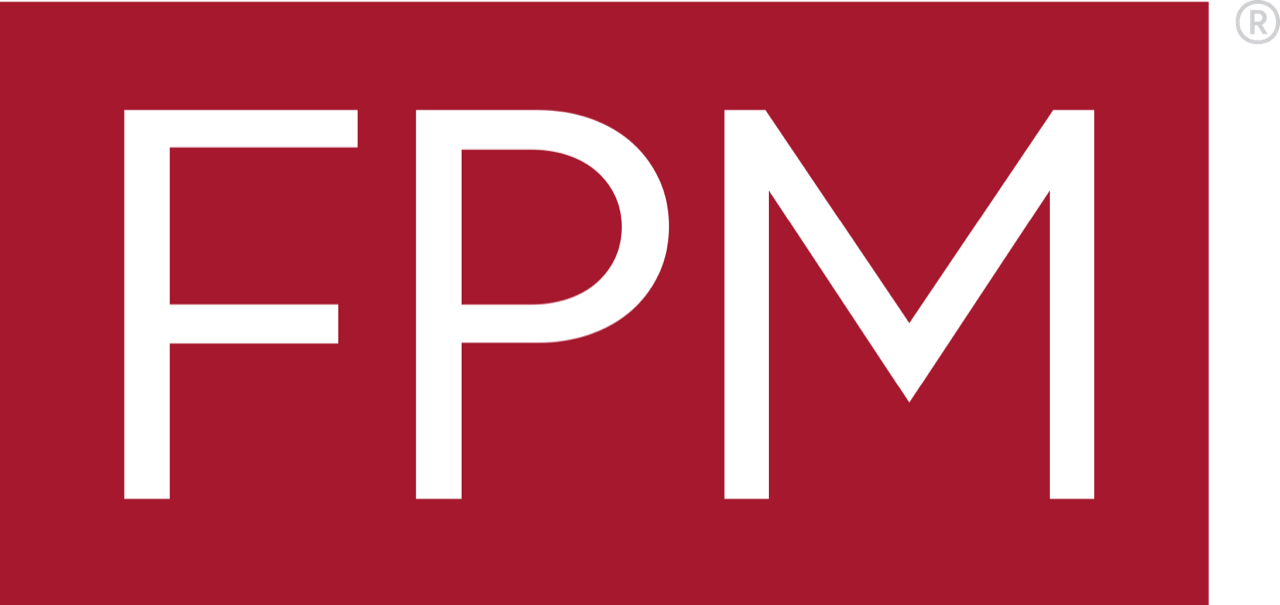
Fam Pract Manag. 2007;14(6):16
Cindy Hughes is the AAFP's coding and compliance specialist and is a contributing editor to Family Practice Management. Author disclosure: nothing to disclose. These answers were reviewed by the FPM Coding & Documentation Review Panel: Robert H. Bosl, MD, FAAFP; Marie Felger, CPC, CCS-P; Thomas A. Felger, MD, DABFP, CMCM; David Filipi, MD, MBA, and the Coding and Compliance Department of Physicians Clinic; Emily Hill, PA-C; Terry L. Mills Jr., MD, Kent Moore; Joy Newby, LPN, CPC; P. Lynn Sallings, CPC; and Susan Welsh, CPC, MHA.
